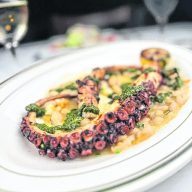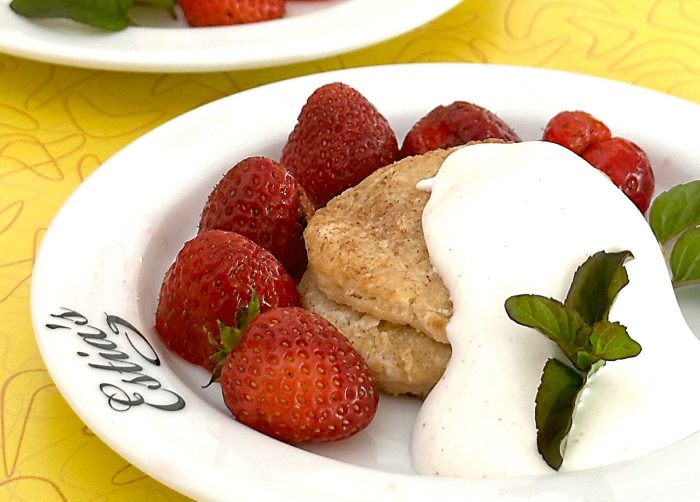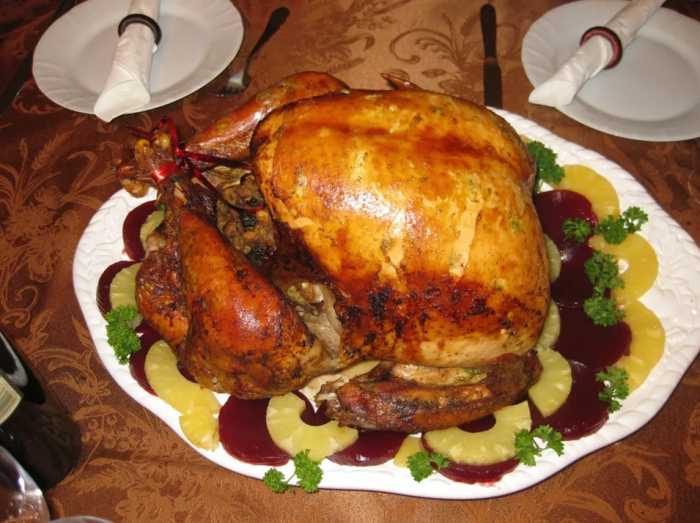For many American households, Thanksgiving is not complete without the bright, tart presence of cranberries on the table. Whether it arrives in the form of a shimmering, ridged log or a simmered blend of whole berries, cranberry sauce has become one of the meal’s most recognizable accompaniments.
Its place in the holiday tradition, however, reflects a long evolution shaped by agricultural challenges, consumer demand and changing culinary tastes.
Cranberries, native to North America, have been harvested for centuries in the Northeast, where the fruit grows in low-lying bogs and marshlands. Early commercial growers struggled with the crop’s short harvest season and rapid spoilage. Before freezing and refrigeration were common, cranberries had only a brief window in stores, limiting their use in the broader American diet despite their abundance.
In the early 20th century, growers began searching for ways to make use of berries that were bruised or misshapen and could not be sold fresh. Preservation through cooking and canning proved to be an effective solution, extending the fruit’s shelf life far beyond its autumn harvest.
This shift helped stabilize the market and allowed cranberries to move from a highly seasonal product to one that could reliably appear on dinner tables nationwide.
By the early 1940s, canned jellied cranberry sauce was available nationwide, taking on the exact shape of the can it was packed in. Its firm texture came not from added gelatin but from cranberries’ naturally high pectin content, which allowed the sauce to hold together even when sliced. The distinctive presentation — a smooth cylinder marked by can ridges — quickly became embedded in the visual language of Thanksgiving.
Canned cranberry sauce found its place during a period when convenience foods were reshaping American cooking. As more households embraced streamlined meal preparation, a ready-made sauce that required no cooking or chopping appealed to busy hosts. The product also solved the underlying agricultural issue: it enabled growers to preserve large portions of the annual crop that might otherwise have gone unsold.
Holiday demand soon defined the cranberry market. Estimates suggest that the vast majority of jellied cranberry sauce sales still occur between Thanksgiving and Christmas, underscoring the fruit’s enduring seasonal association. The canned version became an expected presence at the holiday table, even for families who served few other processed foods.
In recent years, however, younger cooks and home bakers have shown renewed interest in fresh cranberry preparations. Many prefer the brightness, texture and versatility of whole berries, simmered with citrus, spices or alternative sweeteners. This shift reflects broader trends in American cooking that emphasize seasonal ingredients, customization and homemade dishes. While some cooks cite concerns about the sweetness or uniform texture of the canned version, others embrace it as a nostalgic symbol of mid-century holiday meals.
Even the mechanics of the can have become part of the lore. Many canned sauces are packaged with the rounded end facing downward, creating a stronger vacuum seal that allows the jelly to slide out cleanly when opened. For some, the familiar sound of the sauce releasing from the can is as much a part of the holiday experience as the dish itself.
Despite evolving tastes, the jellied log retains a strong cultural foothold. It represents a long history of agricultural innovation and the ways American families adapt traditions across generations. Fresh cranberry sauces continue to gain popularity, but the canned version endures as a reminder of how a once-fragile, seasonal fruit became a fixture of the nation’s most enduring holiday meal.
Simple Fresh Cranberry Sauce
Ingredients:
• 12 ounces fresh cranberries
• 1 cup sugar
• 1 cup water
• Optional: orange zest, a cinnamon stick, or a splash of maple syrup
Instructions:
Rinse cranberries and discard any soft berries. Combine water and sugar in a saucepan and bring to a boil. Add cranberries and return to a simmer. Cook for 10–12 minutes, stirring occasionally, until most of the berries have burst and the sauce has thickened. Stir in optional flavorings. Cool completely; the sauce will thicken further as it rests. Refrigerate for up to one week.



































